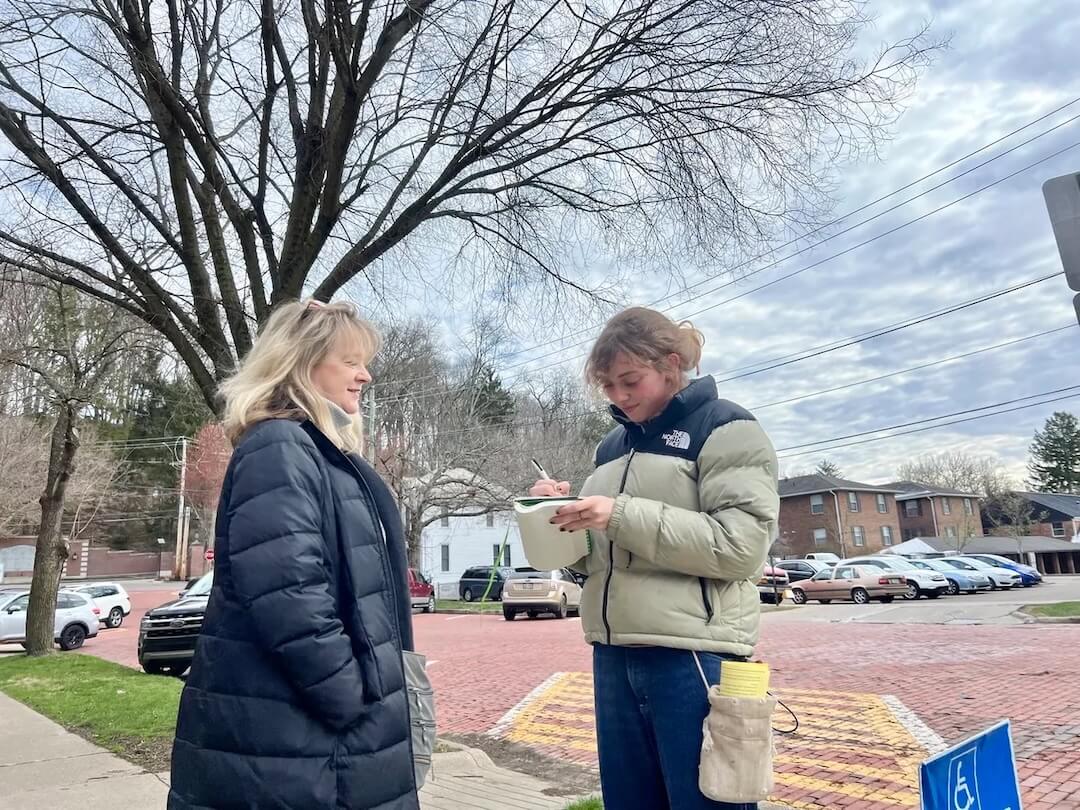Crime maps are one of the most popular and (in urban areas) ubiquitous types of geo-enabled local news. The data from these maps comes from local police departments, but how reliable is it?
On Sunday, the Los Angeles Times reported a problem with the Los Angeles Police Department’s online crime map, launched three years ago:
“LAPDcrimemaps.org is offered to the public as a way to track crimes near specific addresses in the city of Los Angeles. Most of the time that process worked fine. But when it failed, crimes were often shown miles from where they actually occurred.
“Unable to parse the intersection of Paloma Street and Adams Boulevard, for instance, the computer used a default point for Los Angeles, roughly 1st and Spring streets.
“Mistakes could have the effect of masking real crime spikes as well as creating false ones.”
According to the story, the LAPD was not aware of the error until alerted by the Times. LAPD spokeswoman Mary Grady told the Times that “the department will work with its contractor to make the map as accurate as current technology allows.”
The Times reported:
“Alerted to the findings, Lightray Productions, the contractor that designed the LAPD site at a cost of at least $362,000, has promised to fix the problems. …
“One reason the errors were not caught earlier may be that the LAPD site retains crimes for only six months and allows viewers to see only a seven-day period at a time. The presentation makes some trends, such as the large accumulation of crimes mapped at Civic Center, more difficult to spot.”
Distorted or erroneous geodata, especially from official sources like police departments, can have ripple effects. In this case, the LAPD crime data was automatically pulled into, and displayed by, EveryBlock.com — an experimental project funded by the Knight News Challenge. (UPDATE: Everyblock has announced some strategies to compensate for inaccurate or incomplete geodata.)
In the All Points Blog from Directions Magazine, Adena Schutzberg noted some additional points not mentioned in the Times story:
- “Different applications use different geocoding algorithms.”
- “Different applications use different data against which to geocode.”
- “Sharing raw data (vs. maps) can help identify such errors.”
Consequently, Schutzberg observes that diagnosing geodata-related problems can be tricky. If your news organization is using geodata to create interactive online features, you might want to consider ways to double-check for possible accuracy issues, perhaps by checking the results yielded by a different tool set to see if and how it handled the data differently.





